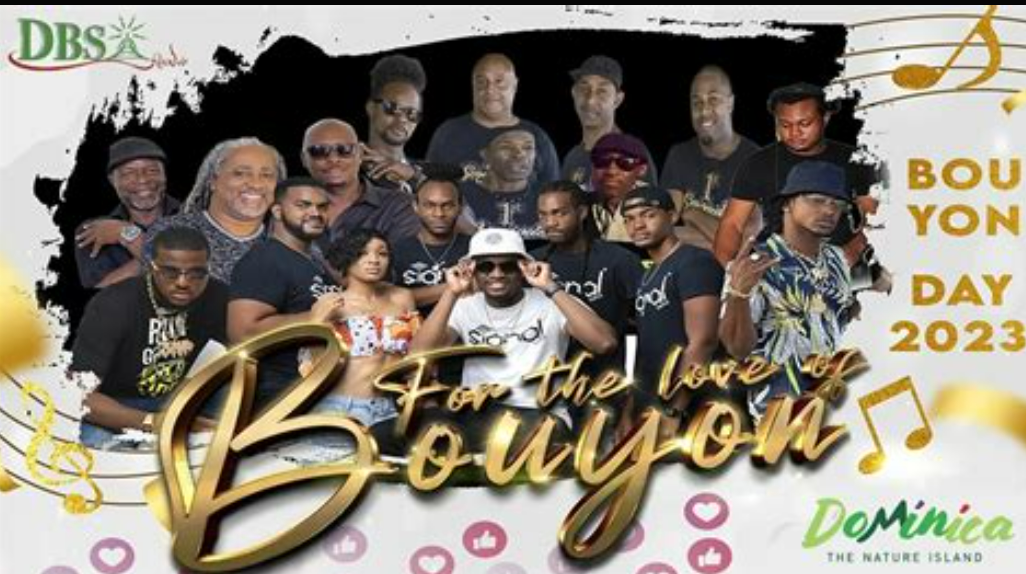Bouyon music is a high-energy, fusion-style genre that originated in Dominica in the Eastern Caribbean in the late 1980s. The name “bouyon” (from French Creole, meaning “broth” or “soup”) reflects the genre’s mix of musical elements from various Caribbean traditions. It blends local rhythms with electronic instruments and digital production—making it one of the most dynamic and influential modern genres in the Caribbean.
What is Bouyon Music?
Bouyon is a fast-tempo dance music characterized by:
- Heavy drum machine beats
- Synthesized bass lines
- Use of call-and-response vocals
- Looped hooks and catchy samples
- A lively, party-oriented vibe
It often incorporates chanté mas (a Dominican Carnival chant tradition), Jing ping (traditional accordion-based folk music), and influences from soca, dancehall, and zouk.
Why Is It Important?
Bouyon music is important because:
- Cultural Innovation: It represents one of the few major musical genres born in Dominica, asserting the island’s cultural identity in the broader Caribbean music scene.
- Caribbean Fusion: Bouyon blends various African-diasporic traditions, continuing the legacy of creolization in Caribbean music.
- Global Influence: Bouyon has inspired offshoots like:
- Bouyon soca (especially in Saint Lucia and Antigua)
- Dennery Segment in Saint Lucia (a minimalist, high-BPM form of bouyon with risqué lyrics)
- Bouyon gwada in Guadeloupe
- Youth Expression: It remains a central form of musical expression among youth in Dominica and across the Lesser Antilles.
- Carnival & Street Culture: Bouyon is synonymous with jump-up culture and Caribbean carnival revelry—offering a soundtrack for public celebration.
History of Bouyon Music
Late 1980s – WCK (Windward Caribbean Kulture), a Dominican band, pioneered the genre. Their 1988 debut album Culture Shock fused traditional Dominican music with modern digital production.
Key innovations:
- Using the Roland TR-808 drum machine
- Mixing chanté mas, Jing ping, and cadence-lypso
- Songs like “Balance Batty” and “Conch Shell” popularized the style.
1990s–2000s – Bouyon spread regionally. Other groups like Triple Kay International and Asa Banton continued the genre’s rise, introducing a rougher, more party-focused aesthetic.
2010s–present – Bouyon evolved with international trends:
- Dennery Segment gained traction via Saint Lucian artists.
- DJs and producers brought bouyon to clubs and streaming platforms globally.
- Artists like Mr. Killa, Freezy, and Problem Child helped blend bouyon into soca and dancehall.
In Summary:
- Origin: Dominica, late 1980s
- Pioneers: WCK band
- Sound: Fast, synthetic, drum-driven party music
- Importance: A culturally distinct, globally influential Afro-Caribbean genre
- Legacy: Continues to evolve as a symbol of Caribbean fusion and identity
